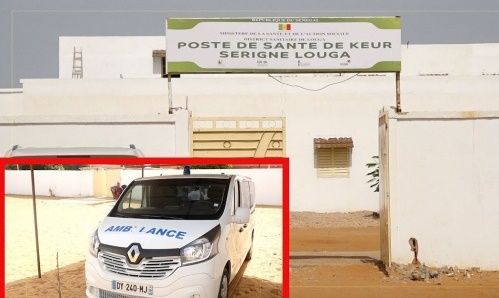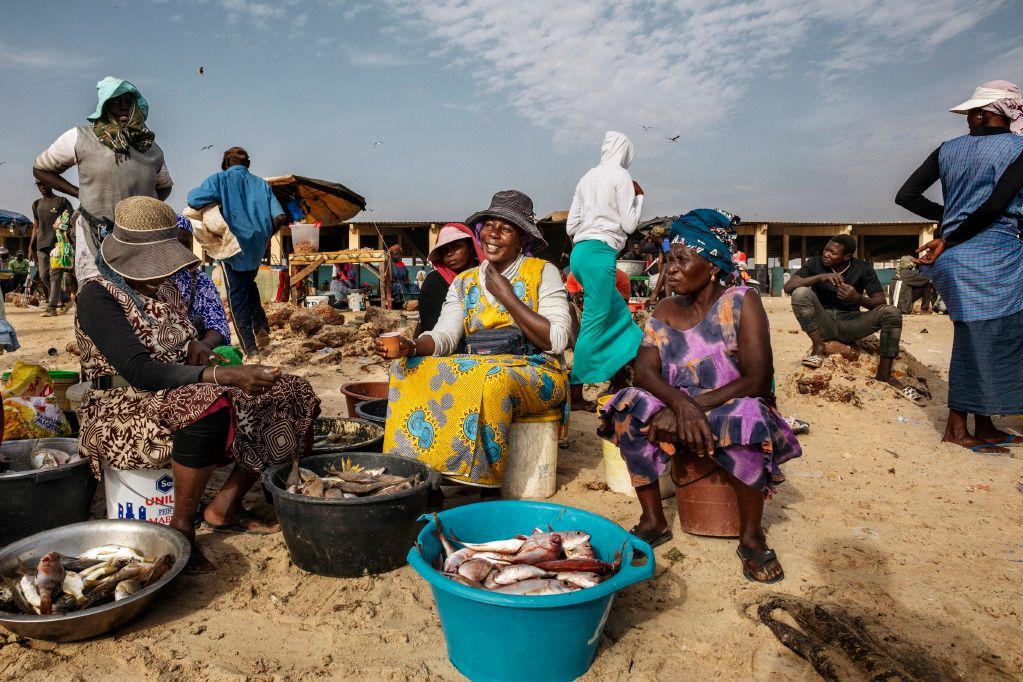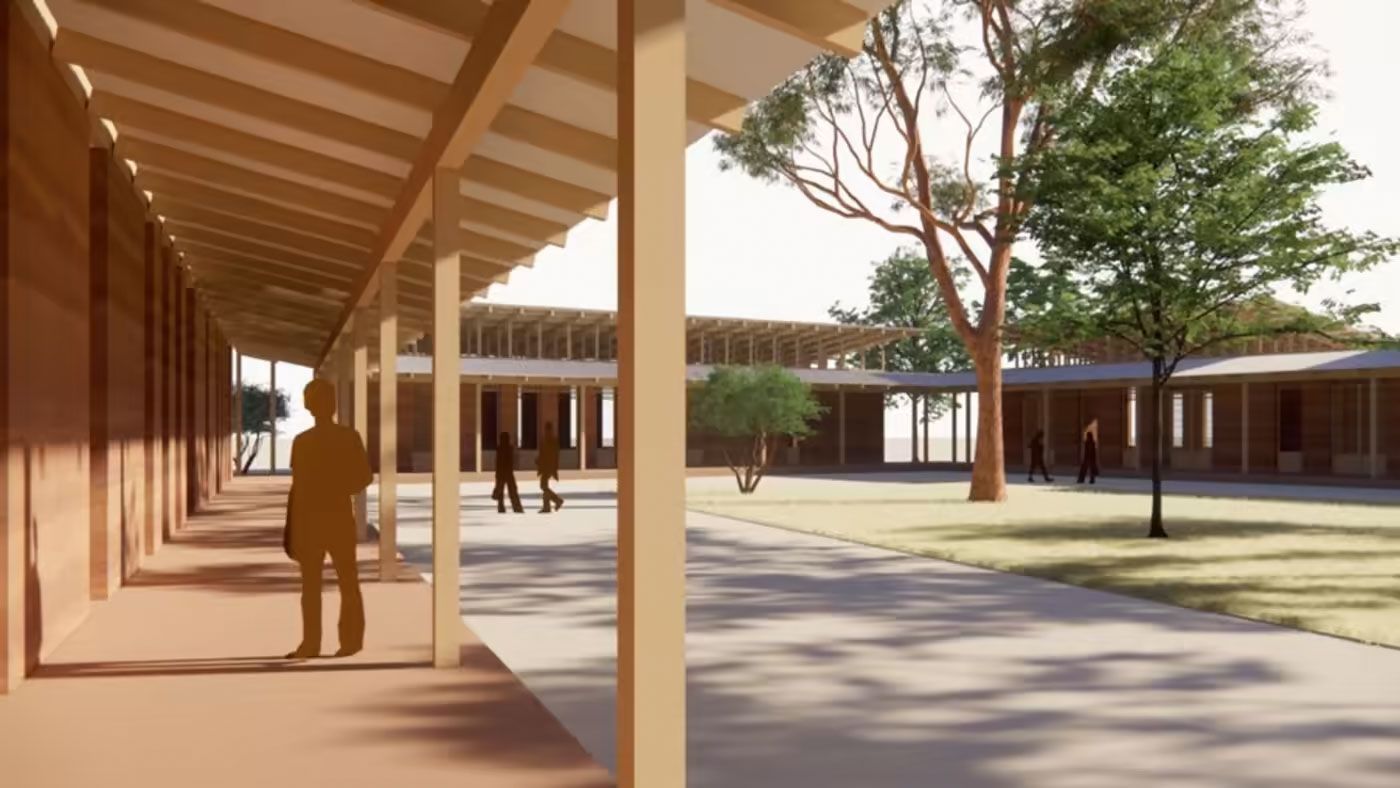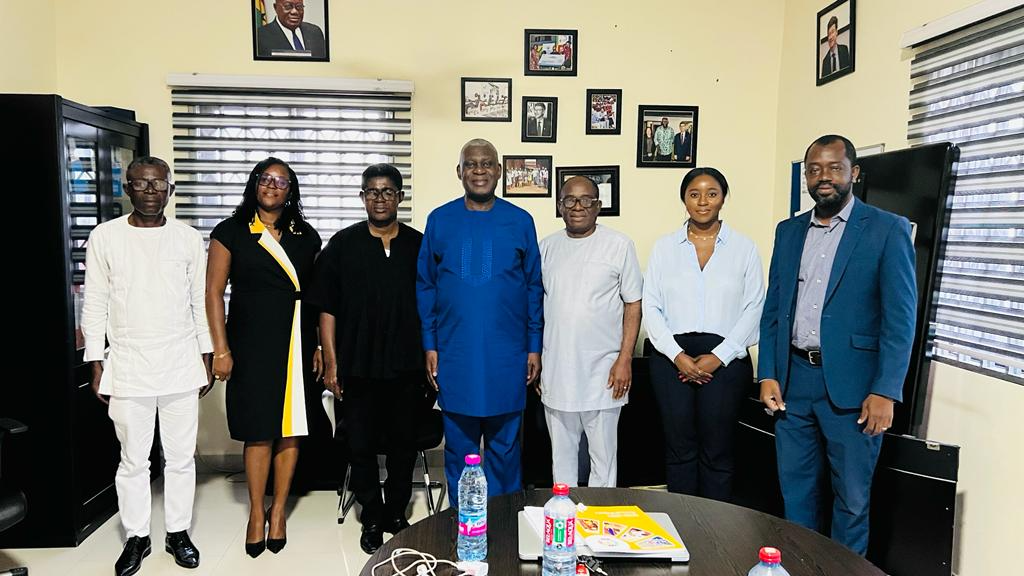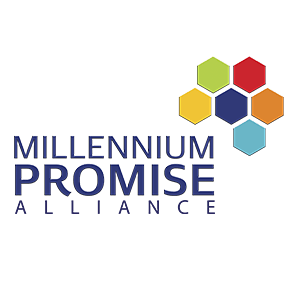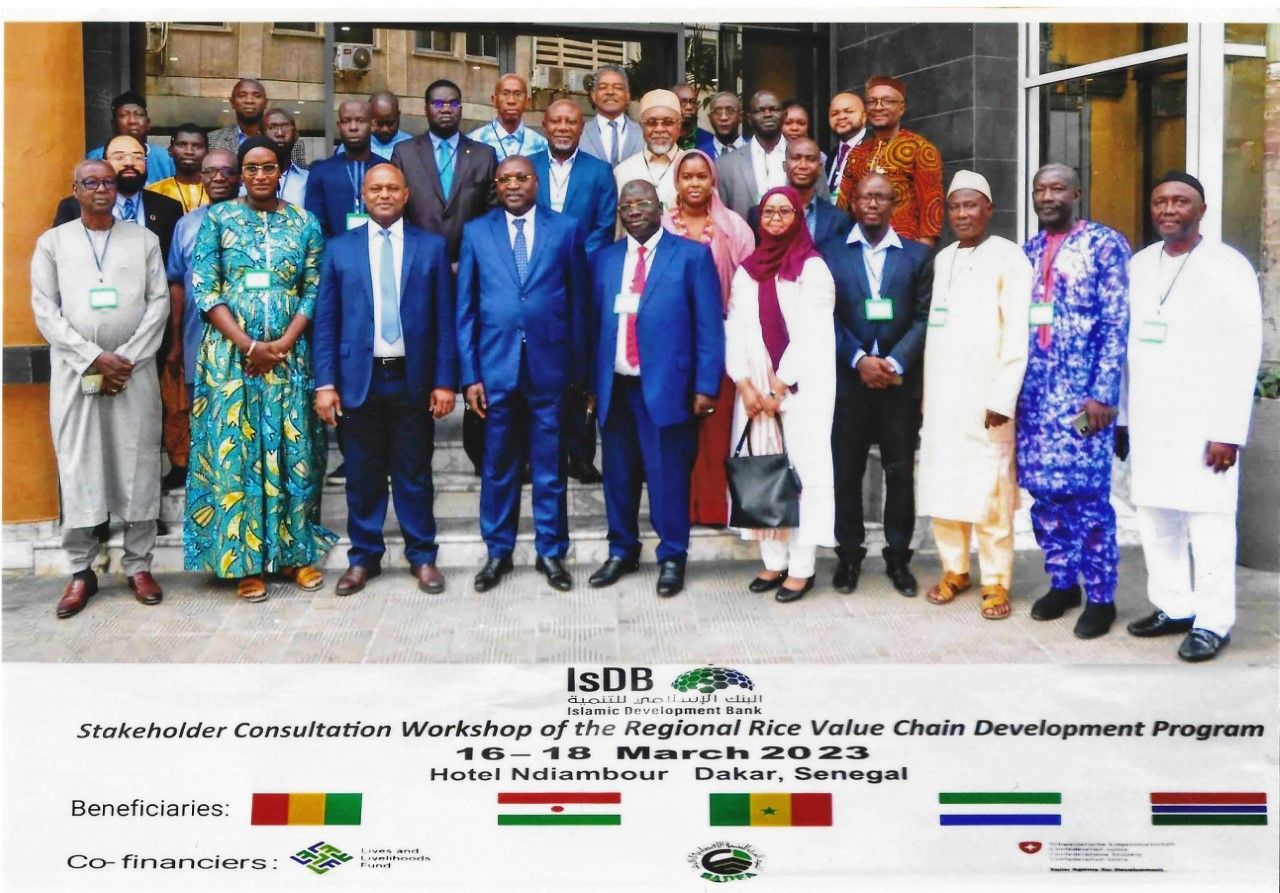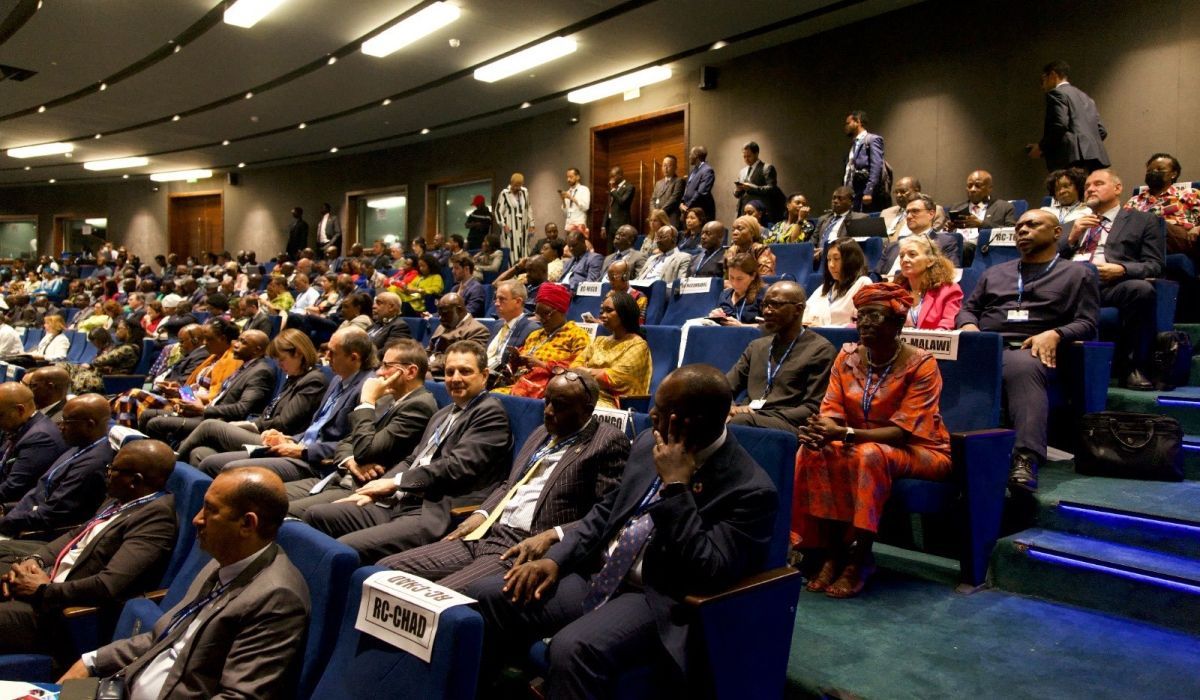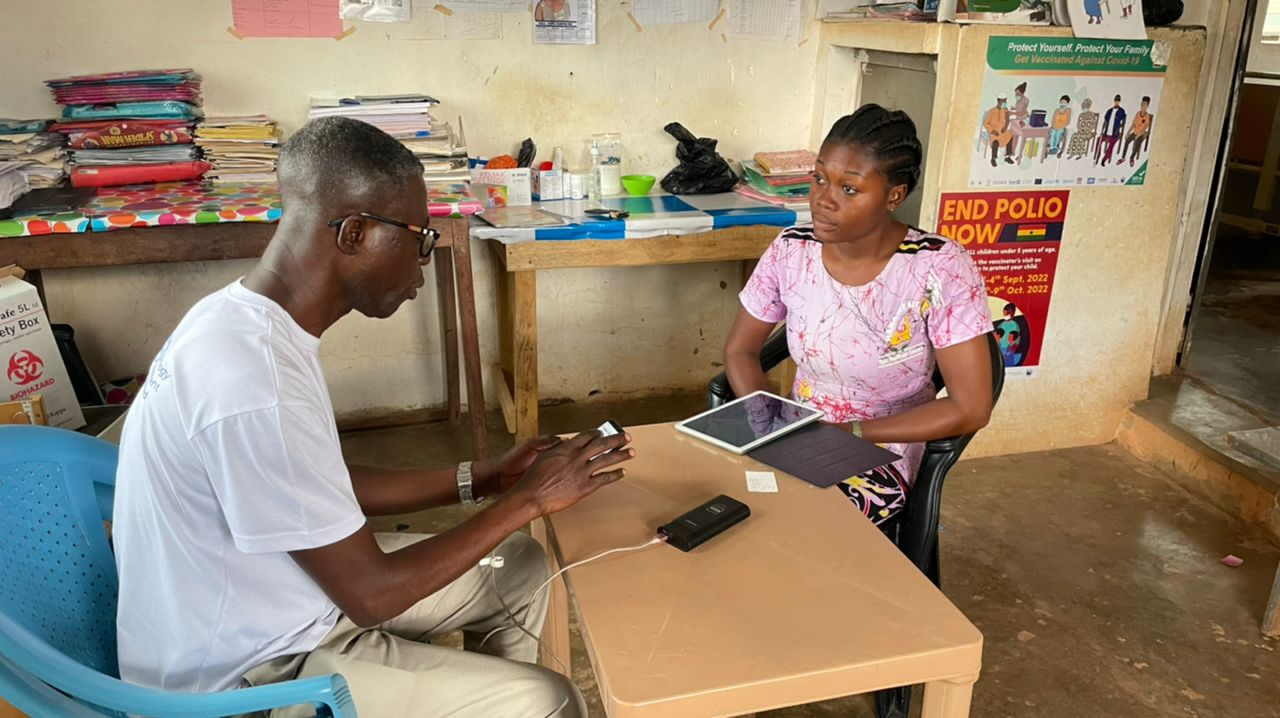Finding safe water in Rwanda A12
Clean water is at the core of human well-being. With water there can be good nutrition, sanitation and health. Without it, there is poverty and disease.
Throughout the world, roughly two million children under the age of five die because of diarrhea and pneumonia – two diseases easily prevented by safe drinking water, sanitation and proper hygiene.
Global progress in increasing access to safe drinking water and basic sanitation has been mixed, and progress in sub-Saharan Africa lags behind much of the world. Many challenges still persist, including the variability of available fresh water, the institutional capacities to manage it, large financing gaps, and the needed mechanisms to sustain appropriate technologies. If these challenges are not met, the burden of disease is likely to increase in the poorest countries.
And water collection from remote sources places an enormous burden on women and young children. It limits their participation in employment and education. Estimates suggest that every $1 invested to improve water and sanitation brings benefits in the range of between $4 and $34 (WHO/UNICEF, 2008).
When the Millennium Villages Project first came to Mayange in Rwanda, access to safe water and sanitation was extremely limited. The project has since worked with the local community on several water and sanitation programs designed to increase access to safe, reliable water sources and improved sanitation for households and public institutions. The project simultaneously has grown local capacity to maintain and manage these facilities.
All together, the Millennium Villages Project is working with nearly half a million people in ten African countries, helping them achieve economic prosperity and sustained growth through an approach that takes into account health, education, agriculture, business development, infrastructure along with water and sanitation.
Since the project began, more than 330 miles of new pipes have been installed to bring safe water points to homes, schools, and clinics – improving overall access and reducing the amount of water to be carried manually each day. On top of this, many new boreholes, water pumps, rain water harvesting and protected springs have been built throughout the project. Despite great advancements in water and sanitation infrastructure, these improvements alone are not enough to reduce the disease burden attributed to inadequate water and sanitation resources.
Hand-washing with soap is one of the most cost-effective public health interventions that has been shown to significantly reduce the transmission of infectious diseases, including diarrhea and pneumonia. Working closely with partners at Unilever and Lifebuoy soap, the Millennium Villages Project has developed programs to make hand washing routine at specific times throughout the day to maximize hygiene.
The Water, Sanitation and Hygiene program (WASH) is one of the best examples of the Millennium Villages Project’s integrated approach where the core sectors—health, education, infrastructure, and business development—work collaboratively in order to achieve maximum results. For example, with improved access to water and sanitation we can reduce the barriers and increase the number of girls attending school, getting the world closer to our goal of achieving universal primary education. The goals of the WASH sector include reducing child mortality and under-nutrition by preventing transmission of WASH-related diseases (e.g., diarrhea, pneumonia, skin and eye infections), and increasing sustainable access to safe drinking water and hand washing facilities, and increasing sustainable access to improved sanitation.
Kyu-Young Lee is Associate Director of Communications at the Earth Institute , Columbia University in New York.
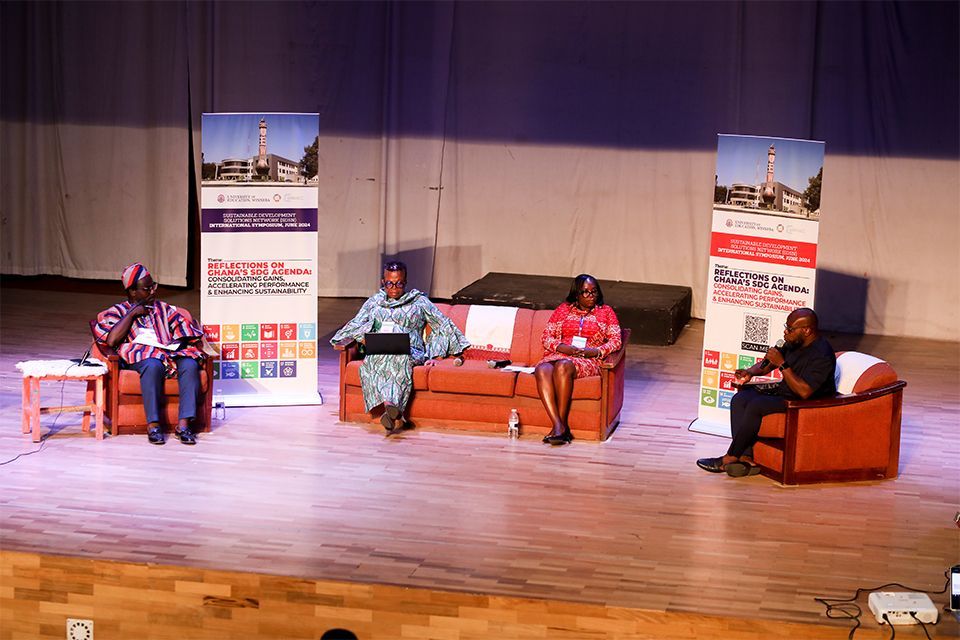
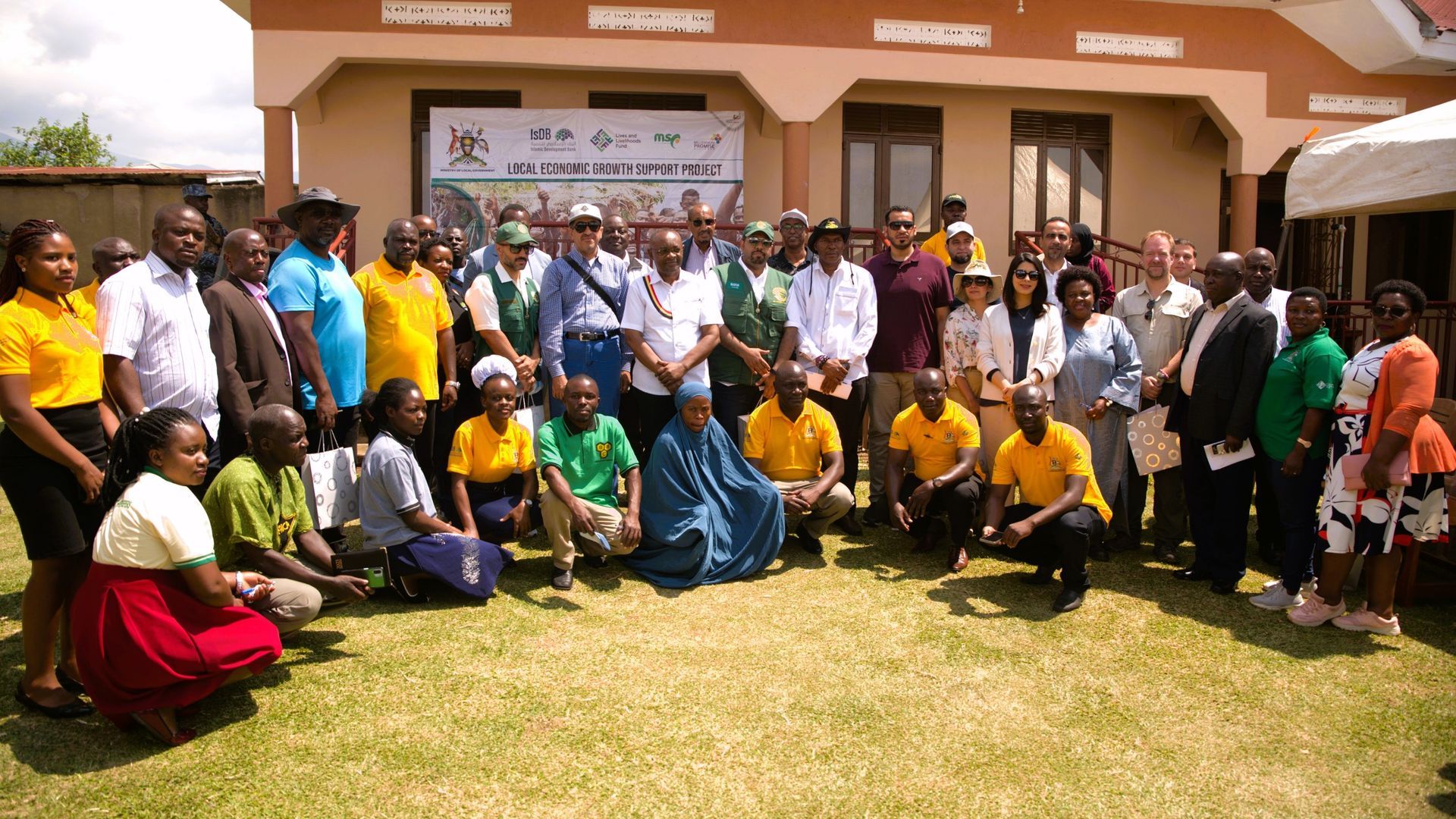
Lives and Livelihoods Fund Engages with Ugandan Officials to Boost Economic Growth and Food Security
